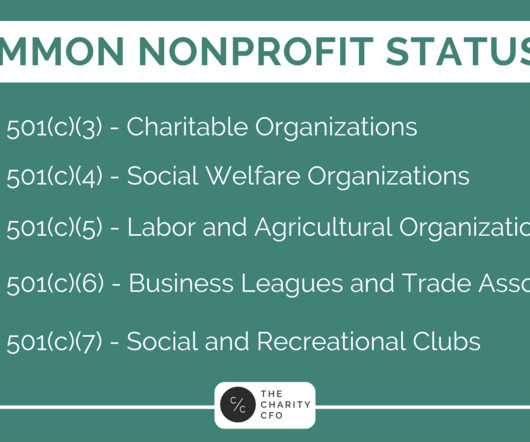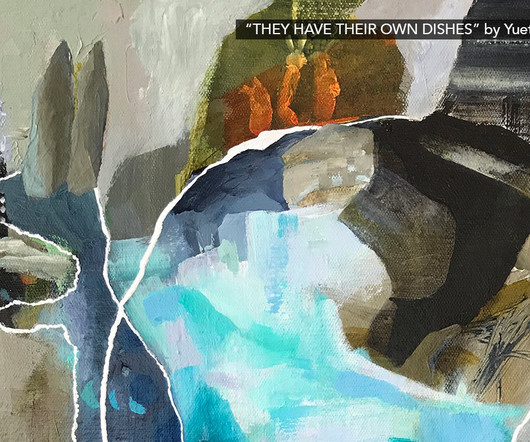Nonprofit Statuses: 501(c)(3) vs 501(c)(4) and more!
The Charity CFO
JULY 10, 2023
This can cover a wide range of activities, from: Helping less fortunate community members Hosting educational courses Helping mediate area disputes Fighting neighborhood deterioration They can also advocate for public policies and laws that benefit the people they serve, as long as this isn’t their primary or sole activity.
















Let's personalize your content